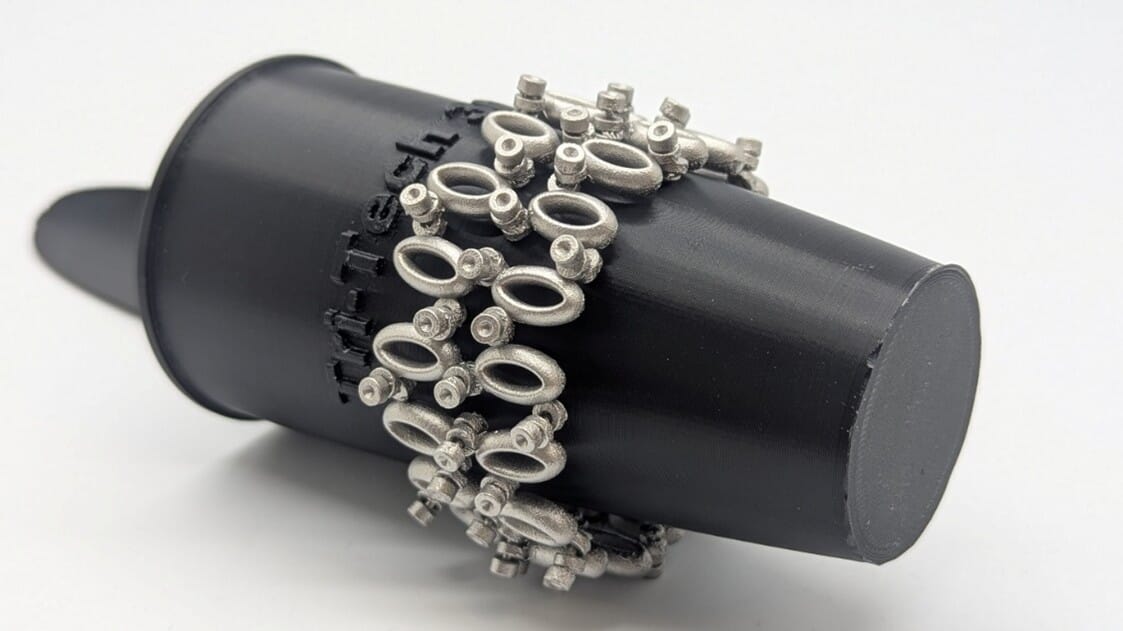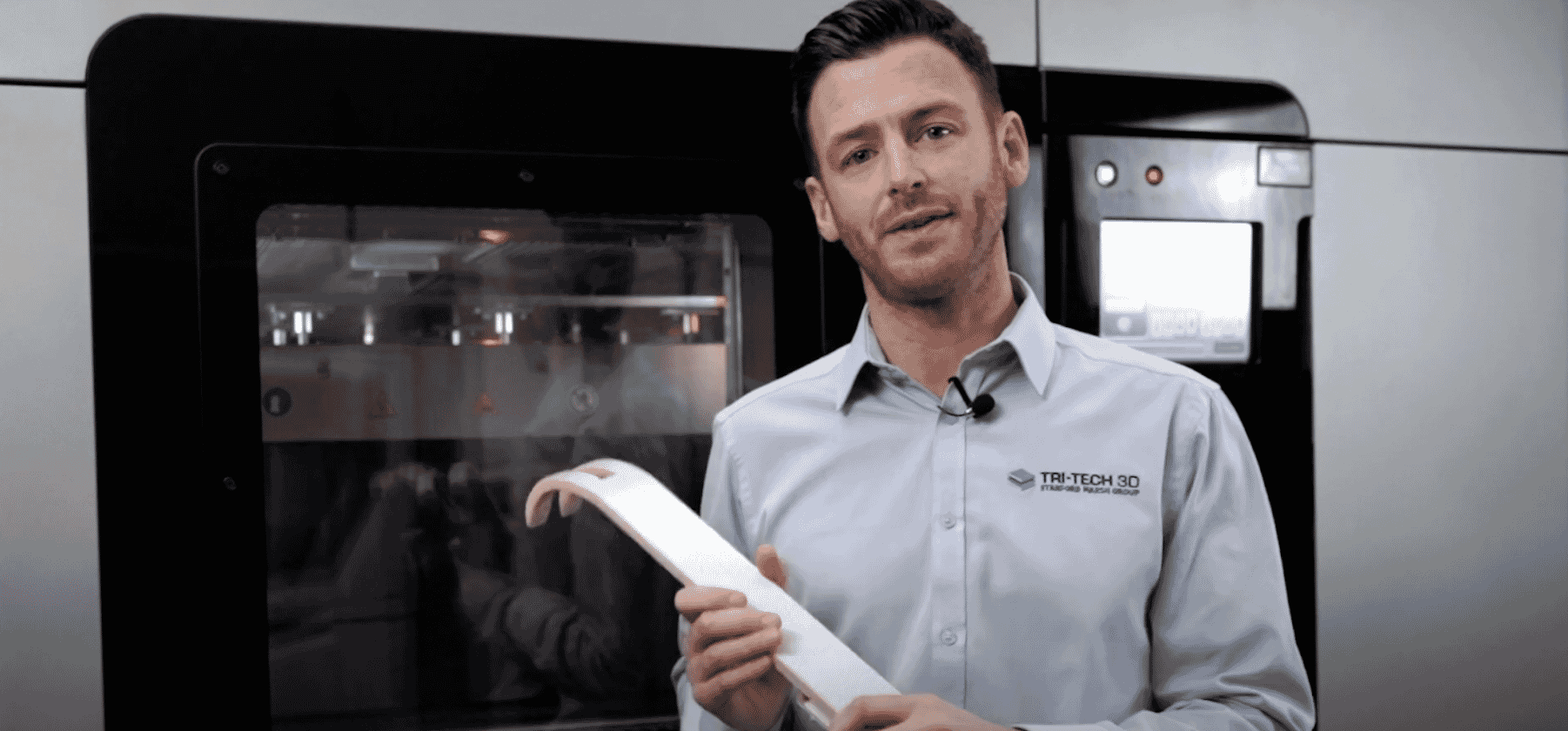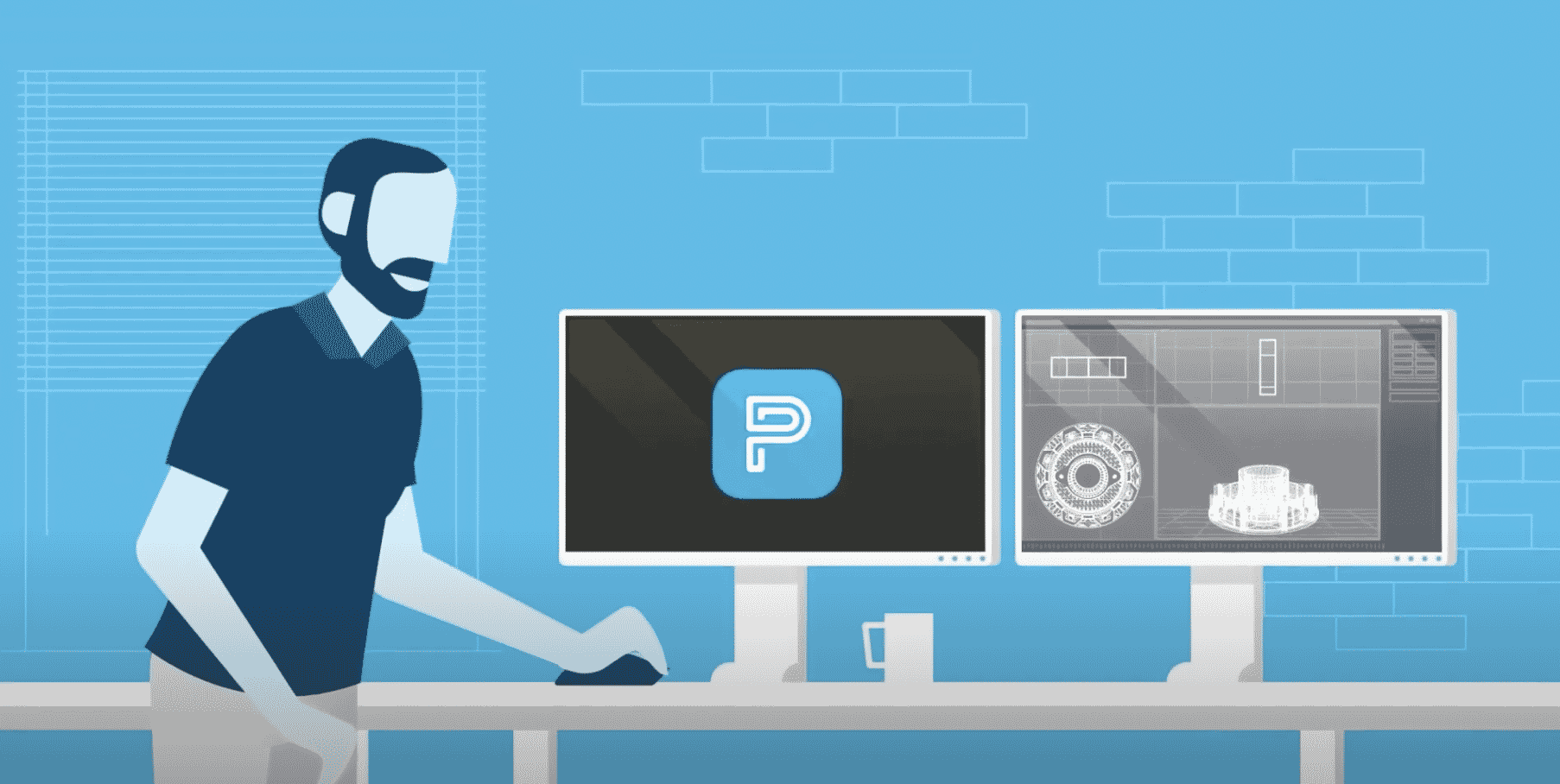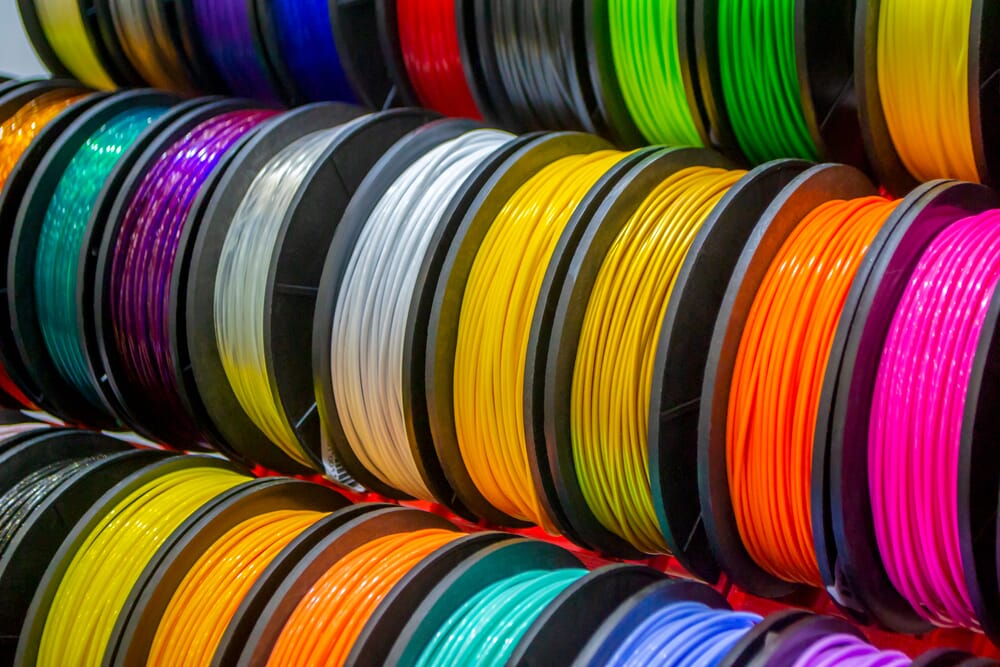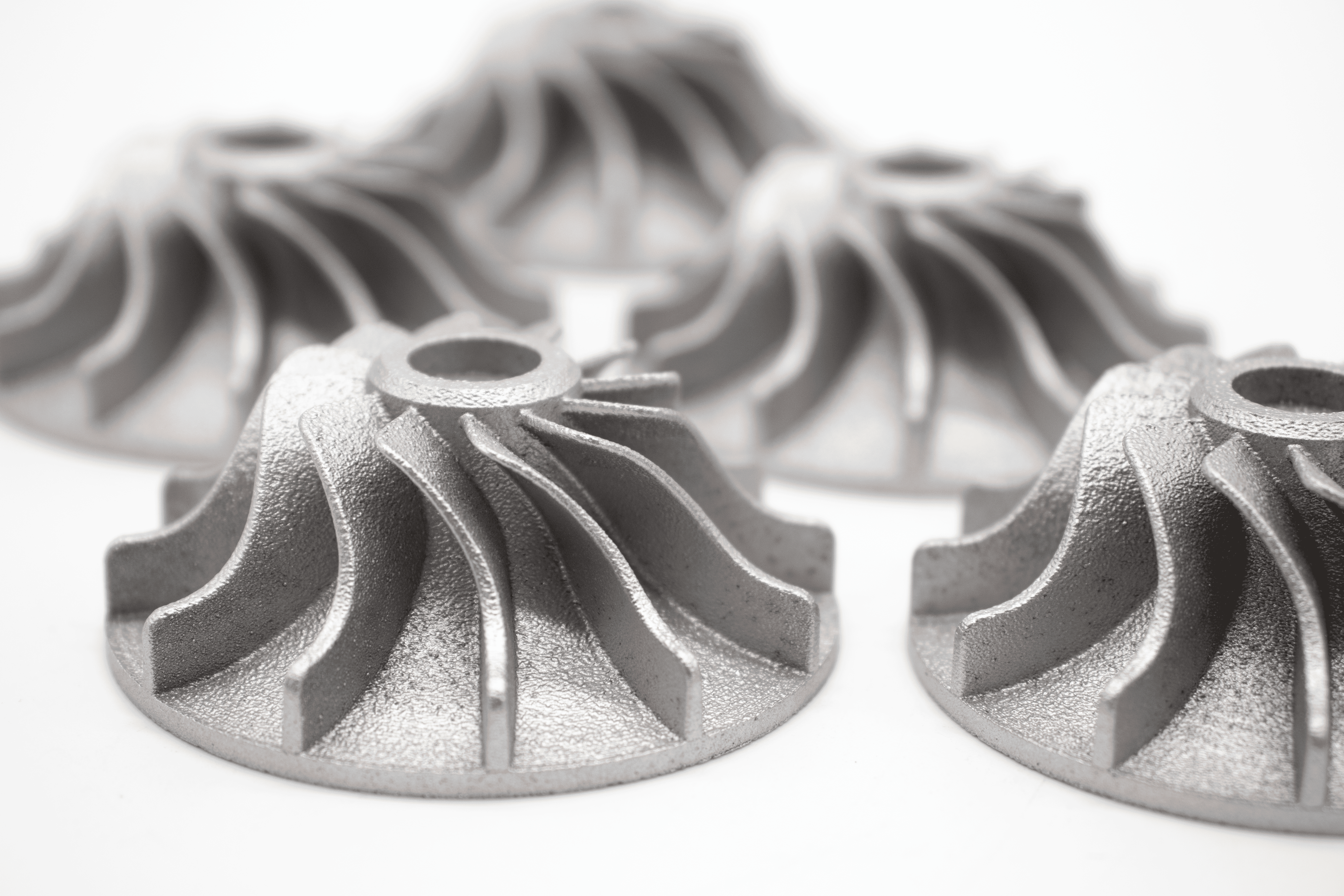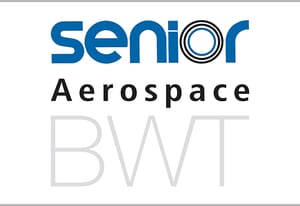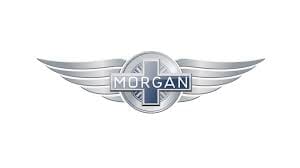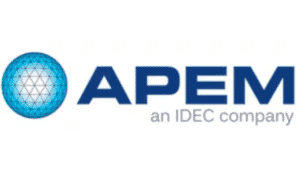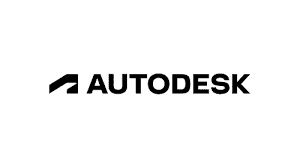How AM is helping oil and gas firms overcome skills shortages
In December 2022, the leading trade body for the UK’s offshore energy industry, Offshore Energies UK (OEUK) published a report highlighting an industry-wide skills shortage. Component production is one area where a lack of skills could hold back the UK’s transition to cleaner energy. However, additive manufacturing (AM) can help firms overcome this skills shortage by reducing the need for manual labour and largely automating design and production. Here at Tri-Tech 3D, 3D print consultant Dave Moore, explains how AM can deskill oil and gas part production.
For many years, 3D printing was seen as an in-house prototyping solution that could reduce the risk of producing manufactured parts that were not fit for purpose. AM offers speed and allows manufacturers to produce multiple iterations so that they can achieve the perfect part before production. With the addition of new materials and systems, AM is moving to the production line, and we are seeing a greater use of printed parts for tooling.
Offshore applications include investment casting, sand casting and composite layup tools. We’re also seeing this technology optimise turbo machinery, rotors, stators, greasing jigs and fixtures. Even 3D printed holding fixtures and checking gauges for welded parts that would traditionally be hand fettled and made, are now additively produced in many offshore manufacturing facilities.
Material choice
The availability of increasingly sophisticated metals, ceramics and thermoplastics means oil and gas firms can now additively manufacture durable, high-performance end-use parts on demand. For example, manufacturers can use new high-performance carbon-filled materials to produce metal forming and bending tools, rather than having to wait for tools to be machined.
Material options for tooling and other offshore components also include ULTEM™ 1010 resin*, which has a good strength-to-weight ratio, and is flame, smoke & toxicity (FST) certified, for safe use in confined spaces. Meanwhile, ANTERO 840CN03 is a fused deposition modelling (FDM) PEKK-based electrostatic dissipative (ESD) thermoplastic. Both are high strength, heat resistant and offer exceptional outgassing capabilities. Meanwhile, more systems, such as the Stratasys F900 industrial FDM printer, can accommodate a vast range of thermoplastics, and require less operator input than traditional CNC machines. Therefore, manufacturers can create a wide range of reliable, heat-stable and corrosion-resistant parts from one system without straining inhouse skills.
More than rapid prototyping 3D printing
3D printing is removing many barriers of traditional manufacturing — it requires fewer raw materials, it reduces waste and shortens supply chains and, of course, deskills production. So, why not use it for more than prototyping?
Yes, 3D printing is not new as a technique, but more firms in this sector are now realising its benefits for end part production. Traditional machining skills are in short supply and manufacturing firms across all sectors are under pressure to improve efficiency and output while keeping production costs under control. Manufacturers also have the freedom to additively manufacture various geometries sand configurations depending on the application. For example, I worked with one business that used additive techniques to produce remotely operated vehicles (ROVs) for carrying out underwater inspections, and others have used this technology to print wellheads and subsea trees that control oil and gas flow.
The future is additive
For companies operating in the oil and gas equipment-manufacturing industry, CNC machining allowed manufacturers to produce heat exchangers and other components with precision and speed. However, highly skilled employees are needed to assemble the parts, which is challenging during an industry-wide shortage.
While the industry is now using 3D printing for factory floor production, manufacturers are still heavily reliant on CNC. Additive scores where complexity is needed — it gives manufacturers freedom of geometry and the ability to print bespoke high-value parts cost-effectively and with little waste. From a skills point of view, it also eliminates the need for assembly and many systems are automated so they can run without someone standing next to them on the factory floor.
While the OEUK report highlights some glaring skills shortages in the oil and gas market, encouraging the transition to AM could help production firms streamline manufacturing while reducing pressure on already stretched inhouse skills.
Ready to bring AM into your oil and gas part production? Contact us to find out more.
*Disclaimer: 9085, 1010, and ULTEM™ are trademarks of SABIC, its affiliates or subsidiaries


